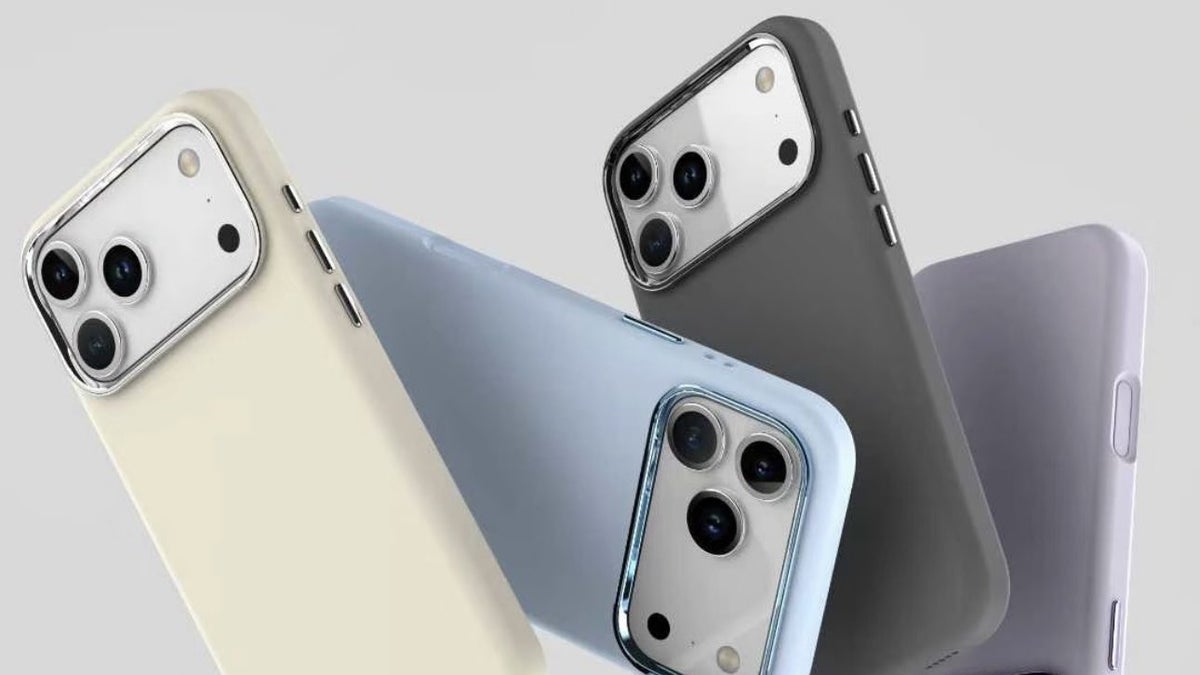RAM Revolution: How Apple's iPhone 17 Will Shatter Samsung's Performance Barrier

In a significant leap forward, Apple is set to revolutionize its smartphone lineup with the upcoming iPhone 17 series. Breaking away from previous memory constraints, the tech giant is preparing to match Samsung Galaxy's performance by equipping the new models with a robust 12 GB of RAM.
This strategic move signals Apple's commitment to delivering top-tier performance and addressing the growing demands of power users. By substantially increasing the RAM, the iPhone 17 will offer smoother multitasking, enhanced app performance, and more seamless user experiences.
The decision comes as smartphone enthusiasts have long been calling for Apple to close the memory gap with its Android competitors. With 12 GB of RAM, the iPhone 17 is poised to deliver unprecedented speed, efficiency, and responsiveness that will challenge even the most advanced Galaxy devices.
Tech experts anticipate this upgrade will not only improve overall device performance but also future-proof the iPhone, ensuring it remains competitive in an increasingly demanding mobile landscape. Apple continues to demonstrate its ability to innovate and respond to consumer expectations with this bold memory enhancement.
